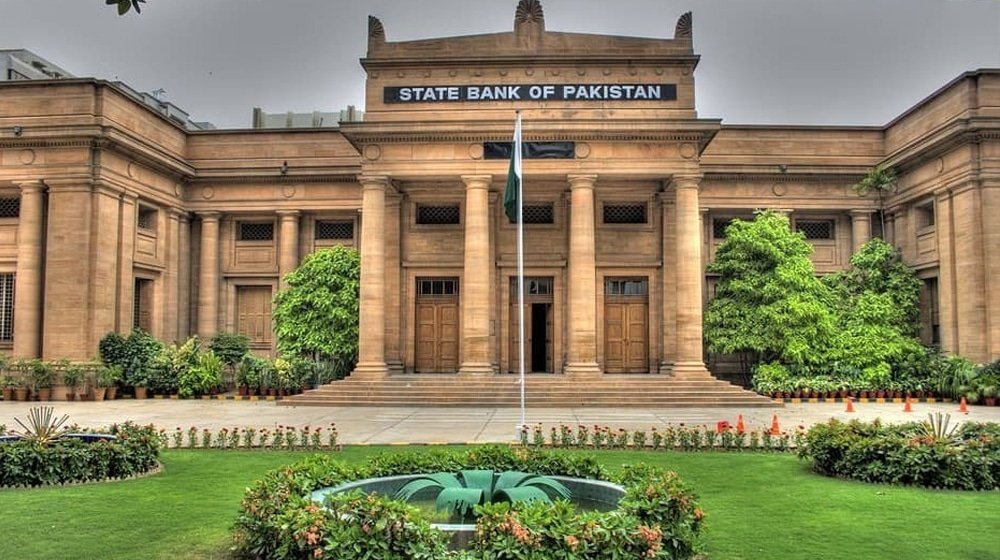The State Bank of Pakistan (SBP) announced on Monday that it has kept the interest rate unchanged at 11 percent.
The announcement was made by SBP through an official press release after a meeting of the bank’s Monetary Policy Committee (MPC).
Earlier, SBP decreased the rate by 100 basis points to bring it down to 11 percent.
The Committee noted that the increase in inflation in May to 3.5 percent y/y was in line with its expectation, whereas core inflation declined marginally. Meanwhile, inflation expectations of both households and businesses moderated. Going forward, inflation is expected to trend up and stabilize in the target range during FY26. The MPC also assessed that economic growth is picking up gradually and is projected to gain further traction next year, supported by the still-unfolding impact of earlier policy rate cuts.
At the same time, the Committee noted some potential risks to the external sector amidst the sustained widening in the trade deficit and weak financial inflows. Moreover, some of the proposed FY26 budgetary measures may further widen the trade deficit by increasing imports. In this regard, the Committee deemed today’s decision appropriate to sustain the macroeconomic and price stability.
The Committee noted the following key developments since its last meeting. First, the real GDP growth for FY25 is provisionally reported at 2.7 percent, and the government is targeting higher growth of 4.2 percent for next year. Second, despite a substantial widening in the trade deficit, the current account remained broadly balanced in April. Meanwhile, the completion of the first EFF review led to the disbursement of around $1 billion, which increased the SBP’s FX reserves to $11.7 billion as of June 6.
Third, the revised budget estimates indicate the primary balance surplus at 2.2 percent of GDP in FY25, up from 0.9 percent last year. For next year, the government is targeting a higher primary surplus of 2.4 percent of GDP. Lastly, global oil prices have rebounded sharply, reflecting the evolving geopolitical situation in the Middle East and some ease in US-China trade tensions.
Taking stock of these developments and potential risks, the Committee assessed that the real interest rate remains adequately positive to stabilize inflation within the target range of 5 – 7 percent. Furthermore, the Committee emphasized the timely realization of planned foreign inflows, achievement of the targeted fiscal consolidation and the implementation of structural reforms as essential to maintain macroeconomic stability and achieve sustainable economic growth.
Real Sector
According to provisional PBS estimates, the economy gained momentum during the second half of FY25, with real GDP growth accelerating to 3.9 percent from 1.4 percent in H1-FY25. This outturn was broadly in line with the MPC’s earlier expectations, though with compositional differences.
The agriculture sector underperformed relative to FY24 due to a sizable decline in the production of major crops. In contrast, the industry and services sectors contributed to the uptick in real GDP growth, particularly in H2-FY25. Looking ahead, the MPC anticipates the industry and services sectors to continue to drive economic growth in FY26.
This assessment is supported by the sustained momentum in high-frequency indicators – including credit to private sector, imports of machinery and intermediate goods, and business sentiments – and easing financial conditions.
However, agriculture prospects appear subdued, as indicated by initial information of Kharif crops amidst unfavorable weather conditions. On balance, the Committee expects real GDP growth to increase further during FY26.










